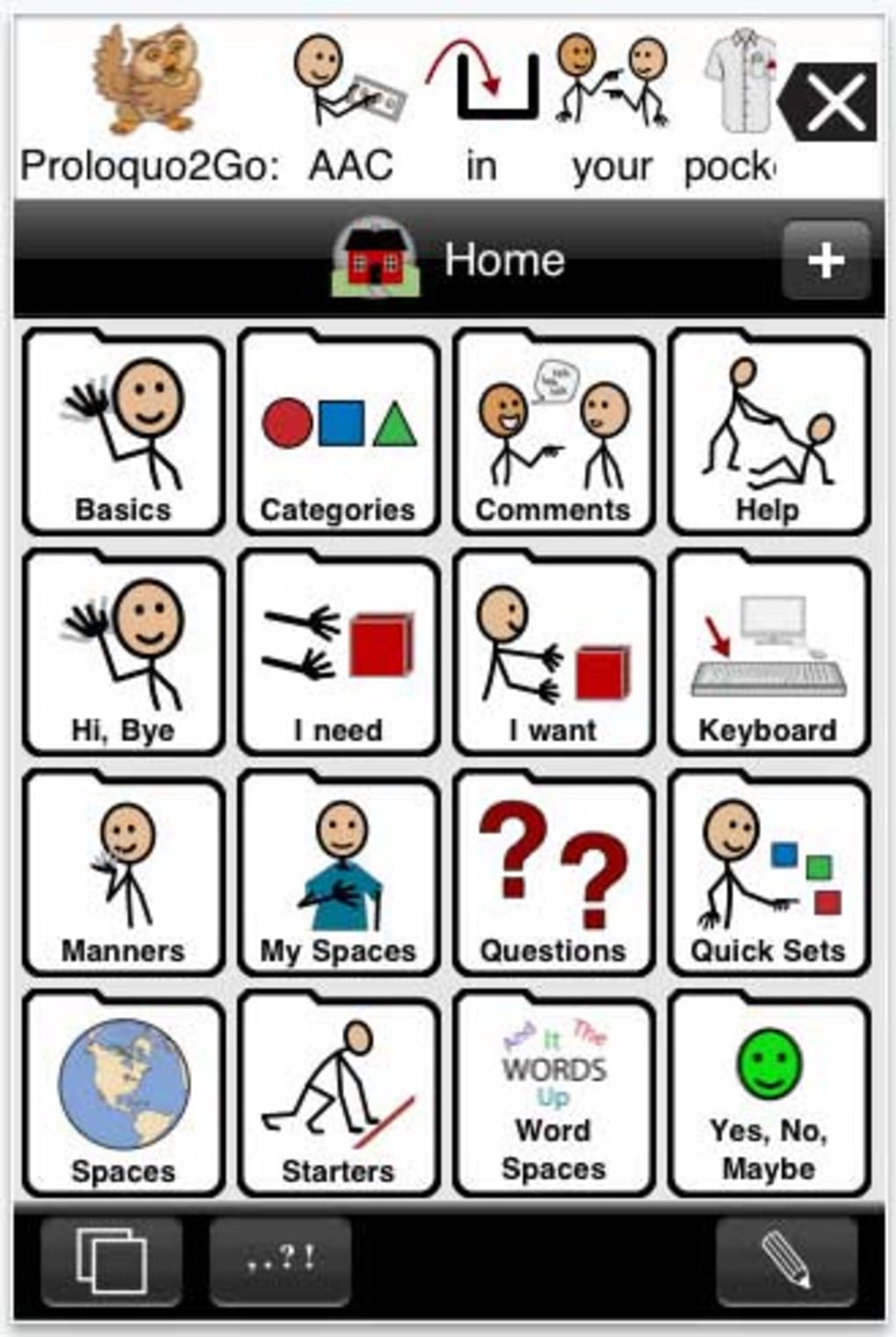

In 2009, Gandell and Sutton published a case study where they compared face to face and distance communication between a speaking partner and an adult using Bliss Symbols. I would hazard a guess that a similar study, today, would place an even greater emphasis on distance communication. This qualitative study was published twelve years ago, before the near-universal presence of smartphones and social media. I find it fascinating that these children, all between the ages of seven and ten years, recognized the importance of access to distance communication for the maintenance of social connections. In this study “the boys’ and girls’ teams both included Internet access in their inventions to support easy use of email, instant messaging, and on-line chat with friends.” (Light, et al, 2007, p.279) These inventions “integrated multiple functions (e.g., communication, social interaction, companionship, play, artistic expression, telecommunications) and provided dynamic contexts to support social interactions with others, especially peers.” (Light, et al, 2007, p. The systems they came up with proved to be quite different from those designed by adults. The children used art materials and their imaginations.

Light, et al (2009) published the findings of a study in which six children were asked to “invent” AAC systems for a peer with disabilities.

We, as educators, can work to minimize their impact. Access barriers exist in the virtual world. At my workplace, we use many web-based tools to share information and stay in contact with the people we serve.Īre AAC users able to participate in virtual environments? Are we teaching them the skills they need before they transition to adult settings? The digital divide impacts many marginalized groups, including people with disabilities. Many jobs require skills that involve online training, distance communication, and the submission of documents using email and other online platforms. Sorry, North Carolina! I would really like to visit someday. I completed a graduate certificate at Western Carolina University and never once set foot in the state. Higher learning requires that the student have background knowledge in the use of these tools. Most post-secondary environments require the use of tools, such as Google Drive, Canvas, or Blackboard. Should academic participation by AAC users be any different, or require different tools? We also need to keep transition in mind, and plan early. I don’t know that he ever needed to print out a paper and hand in a physical copy. When my own sons were in high school, they did their research online, used web-based tools to check their grammar, and submitted their work to a virtual classroom. This is increasingly mediated by the use of tablets, computers, and other “smart” technology. But what constitutes independent communication in the world today?Īs we approach the year 2020, it can be good to examine how typical students engage in learning. We should all be working towards the same goals: access to language, literacy, and communicative independence. After all, the AAC user needs access to their voice in order to form relationships, participate with their general education peers, and actively engage in learning. Ideally, there is a team that collaborates to provide the student with access to core vocabulary and ensure the use of the device across settings. AAC implementation in schools typically focuses on the use of speech generating devices (SGDs) for face to face communication.


 0 kommentar(er)
0 kommentar(er)
